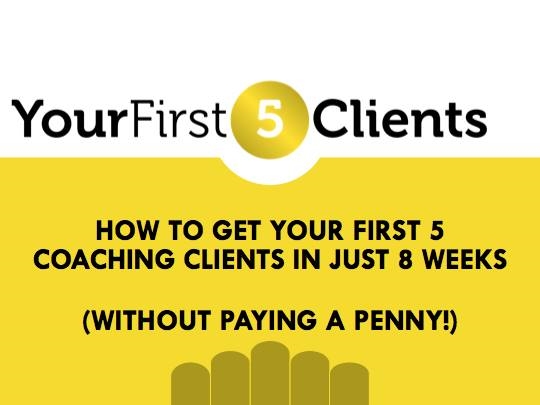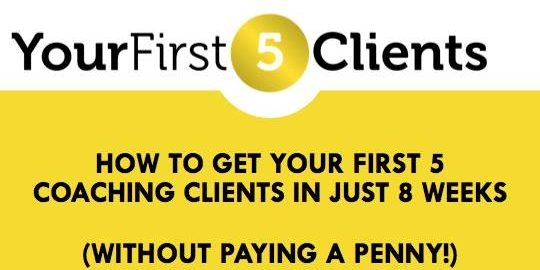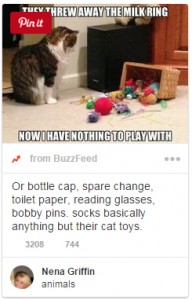— August 30, 2017

kaboompics / Pixabay
I’m continuing my series “Reviving Your Old Blog Posts.” In this edition, we’ll be talking about how to monetize your content. Links to the previous steps are at the end of this post.
Now we get to the fun part. Before we worry about prettying things up, let’s make sure this refreshed content will make us money. Ideally, each post and page on your website should serve a purpose. It could be that you’re growing a list, building a relationship with your readers, just plain entertaining them or selling them something.
For the purpose of discussion, let’s assume you want to make a living from your blog. In that case, you need your readers to either sign up for your list so you can market to them via email, or make them an offer directly in the blog post.

Pixabay
If you chose to rework this particular blog post because you have the perfect product in mind to promote, this part will be easy. If not, take a few minutes and think about what the purpose of this particular post is.
- Do you want to encourage readers to sign up for your list?
- Or have you thought of a product that would compliment your content?
Take a few minutes to think about that and make a decision. Once you know what you want to promote or how you want to monetize your post, you can either write a call to action toward the end of your post or work your recommendation directly into the content.
If growing your list is your goal, try adding a call to action and a signup form at the end of your post. Thissign up form can be different from the one you have in your blog sidebar. In fact, it should be so you can track where your sign ups are coming from. I find it helpful to craft a call to action that’s directly related to the content of the post.

Pixabay
Let me give you an example. Let’s say I have a blog about virtual assistants for business and this particular post was about how a virtual assistant can save you time and money. My call to action at the end of this particular post would be something along the lines of:
“I hope this was helpful and I’d love to stay in touch. Of course, hiring a virtual assistant is about more than “just” knowing you need one. Ready for more about how to hire the perfect virtual assistant (or virtual team) for you? Enter your email below to sign up to the weekly Outsourcing 411 newsletter. I’ll also send you my ten best tips for finding and hiring your virtual team.”
Notice how the call to action flows from the content of the article to what the weekly newsletter and opt-in freebie are about?
Another option, of course, is to promote a product in your post. There are a few different ways to do this. By far the easiest method is to grab a graphic from the affiliate center (or a picture of your own product) and stick it right in the middle of your content. That’s also, by far, the least effective way to monetize your post. Another way you could monetize the post is by adding some code in there to display Google AdSense ads. Again, probably not your most effective way of monetizing your content – but it’s better than nothing.
Even better is to do something similar to what we did with the call to action to sign up for our list. Toward the end of your blog post, transition to a recommended product and let them know why you think it’s a good fit, or why you think they should buy it.
The best way is to make your recommendations right in the content itself. Once you do that, it starts to make sense to also incorporate product pictures. This is particularly easy to do if you are writing a blog post where you’re reviewing a product. As far as monetizing old content goes, it can still make sense to work product recommendations directly into the content itself.
For example, your blog post is about how to fill your coaching program with high paying clients. As you go through the various steps to do this, mention that now would be the perfect time to enroll in Mark Mawhinny’s program, ”Your First Five Clients.” Then tell them what they will learn in Marks program.

I hope you’ve gotten some good ideas about monetizing your blog posts. Before I go any further here are some common mistakes people make when monetizing their blog:
- Too Many Distractions – Make sure your monetization doesn’t distract from your content. Keep your formatting and message focused.
- More Than One Goal Or Tactic– It’s not uncommon to see reports packed with affiliate links, “sign up for my e-course” links, and even affiliate recruitment links. Unfortunately, this is all too confusing for your readers. Focus on one goal per piece of content for best results.
- Unclear Call To Action/Goal– Do your readers know what action they’re supposed to take once they’ve read your content? Make sure your call to action is clear and actionable.
- No Follow Through – Seize the moment. You’ve successfully captured your prospect’s attention, now make sure you follow through. For example, if you’re using a report to build your list, and then you don’t follow through with goal-oriented, value-driven emails you’re missing out.
- Inconsistent Content Quality and Frequency– The best way to achieve business and monetization success is with a content plan that consistently and frequently delivers high-quality content. Be the business that always provides value-driven content and you’ll earn the trust and respect of your prospects, which ultimately leads to profits.
Overall, the key is to be focused and make sure your audience knows exactly what you want them to do. And, of course…ALWAYS follow-up!
Have another look through the post you’re updating and figure out what you want to promote and how you want to monetize it.
If your primary goal is to grow your list, grab the code for a new opt-in form and write a strong call to action that invites readers to sign up.
If your main goal is to promote a related product, be it your own or something you’re an affiliate for, think about how you want to incorporate it into your content. Grab your link and product images as needed and work them in.
Now that the old blog post is better monetized, my next post will move on to step five.
Digital & Social Articles on Business 2 Community
(77)





